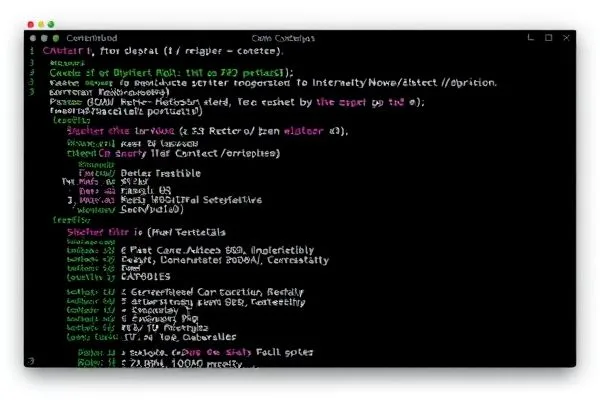The landscape of cybersecurity is constantly evolving, and understanding the intricacies of recent cyber attacks is essential for organizations worldwide. In September 2024, the hacktivist groups Head Mare and Twelve launched coordinated attacks against Russian companies, revealing sophisticated tactics and shared technological resources. This article delves into the tools and techniques employed by these groups and the implications of their collaboration.
Takeaways:
- Head Mare’s recent attacks indicate a strategic partnership with Twelve, utilizing similar tools and tactics.
- The incorporation of new tools like the CobInt backdoor highlights adaptive cyber strategies.
- Continuous evolution in attack methodologies necessitates constant vigilance within the cybersecurity community.
Understanding Head Mare’s Attack Toolkit
In their offensive operations, Head Mare has employed an array of publicly available and professionally leaked tools to facilitate their attacks. This arsenal includes:
- mimikatz
- ADRecon
- secretsdump
- ProcDump
- Localtonet
- revsocks
- ngrok
- cloudflared
- Gost
- fscan
- SoftPerfect Network Scanner
- mRemoteNG
- PSExec
- smbexec
- wmiexec
- LockBit 3.0
- Babuk
Among these, tools like the CobInt backdoor were previously associated solely with Twelve’s past attacks, indicating that Head Mare may be utilizing shared resources, thus enhancing their operational capability. This cross-utilization of tools can signify a deeper collaboration than initially perceived, warranting closer scrutiny by cybersecurity analysts.
Adapting to New Threat Methodologies
One of the notable aspects of the recent engagements is Head Mare’s refinement of their technical methodologies. They have not only revived familiar tools from previous operations but have also integrated innovative approaches, such as the introduction of their PhantomJitter backdoor, identified in August 2024.
This evolution reflects a sophisticated understanding of cyber threats and influences the strategic decision-making within organizations. As cyber attackers improve their toolkit, it becomes imperative for cybersecurity professionals to enhance their defensive measures, adopting proactive strategies, threat intelligence, and continuous monitoring.
The collaboration between hacktivist groups like Head Mare and Twelve exemplifies the necessity for robust cybersecurity frameworks that can adapt to emerging threats. Organizations must remain vigilant and informed about the techniques employed by these groups to mitigate risks effectively.
In conclusion, the recent coordination between Head Mare and Twelve signifies a critical moment for cybersecurity professionals, highlighting the necessity for constant adaptation to the shifting tactics of cyber threats. By understanding the tools and strategies used in these attacks, organizations can better prepare their defenses and anticipate future vulnerabilities.









